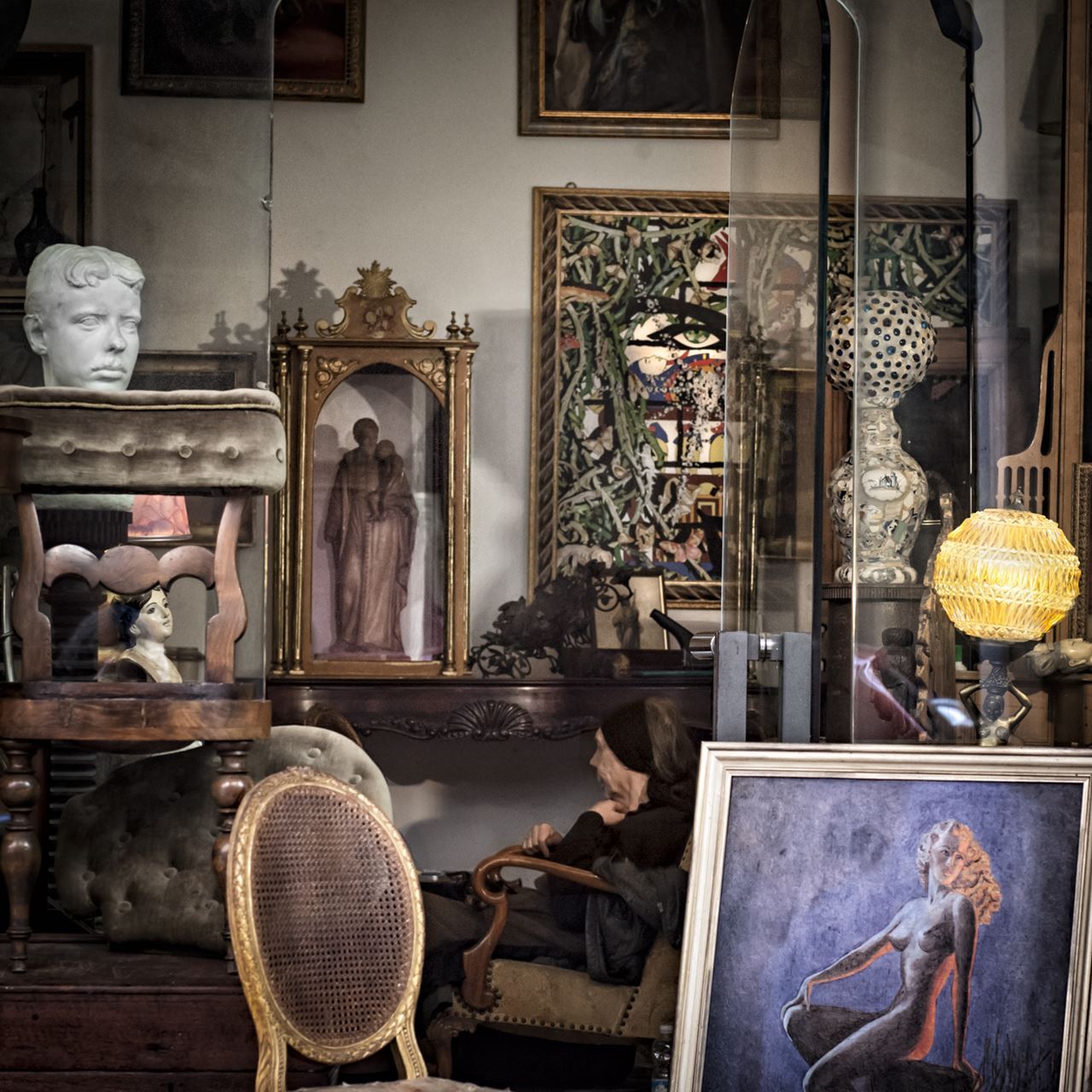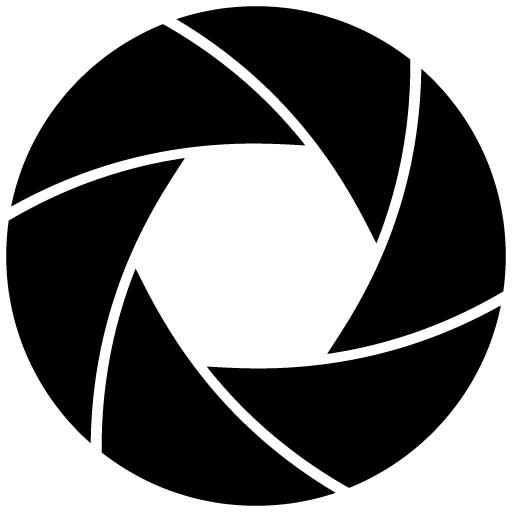For this month's blog, we feature longtime NHSPA member and Board Secretary, Claudia Rippee.
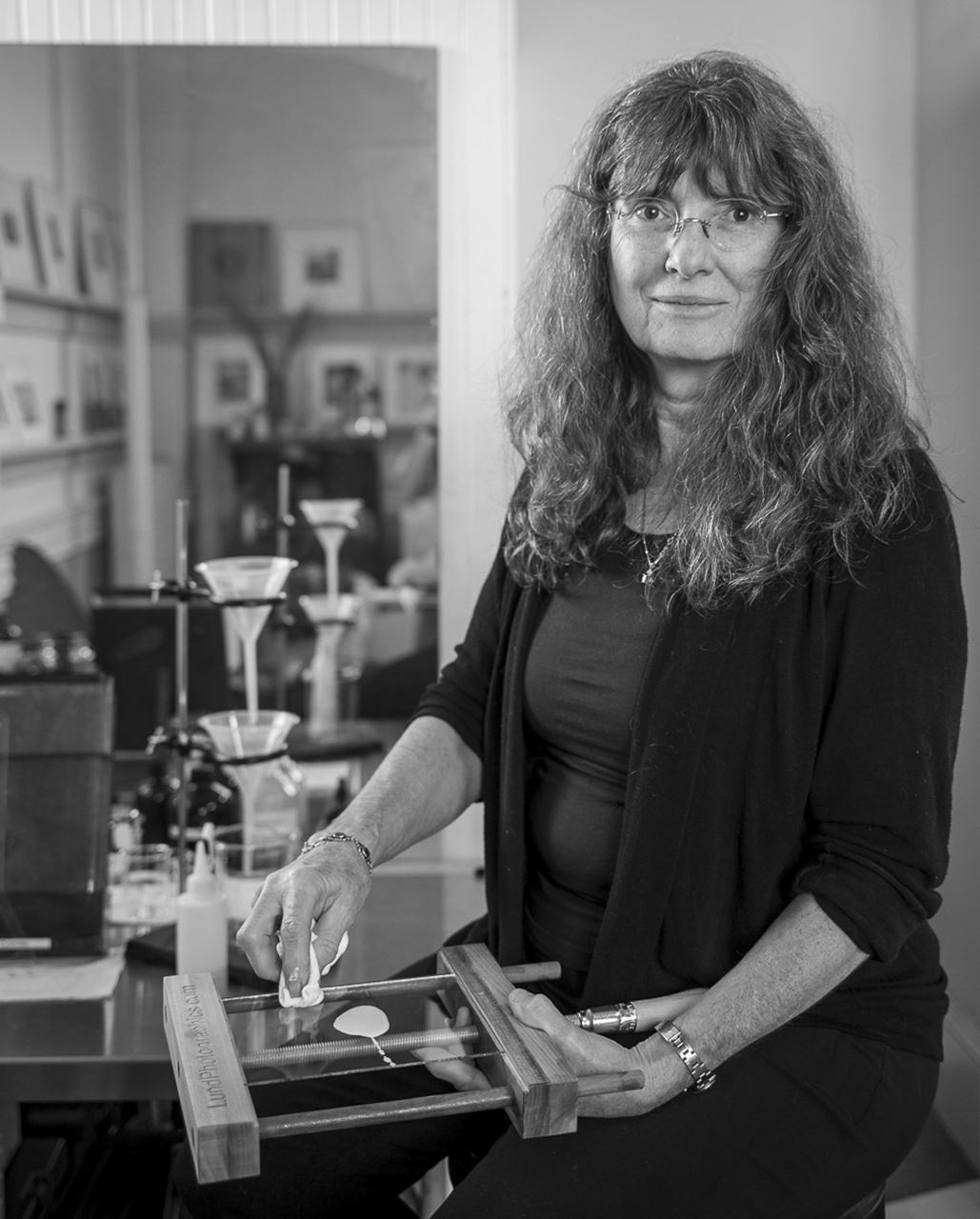
In terms of your art, what drives you? "I am a constant observer of my environment and most engaged in an urban setting with multiple visual stimuli cascading around me. I suppose obsession was inevitable when I picked up my first camera in 1998. Since then I have been happiest traveling to Rome or Paris (or really any European destination) with a camera in hand and wandering the city snapping scenes that capture the gestures of everyday life. I look for incongruous connections on the street with juxtapositions of elements to create an unexpected story that allows the imagination to illuminate the narrative as I explore searching for unexpected relationships in the landscape. Chance juxtapositions between disparate elements that catch the rhythm of the moment are likes magnets to my eye as are scenes with reflections whose layers can reveal a new, altered reality. A closer look may reveal subtle detail. My photographs are about relationships and patterns framed in the viewfinder or objects arranged in a still life that will reveal a unique story to each individual viewer."
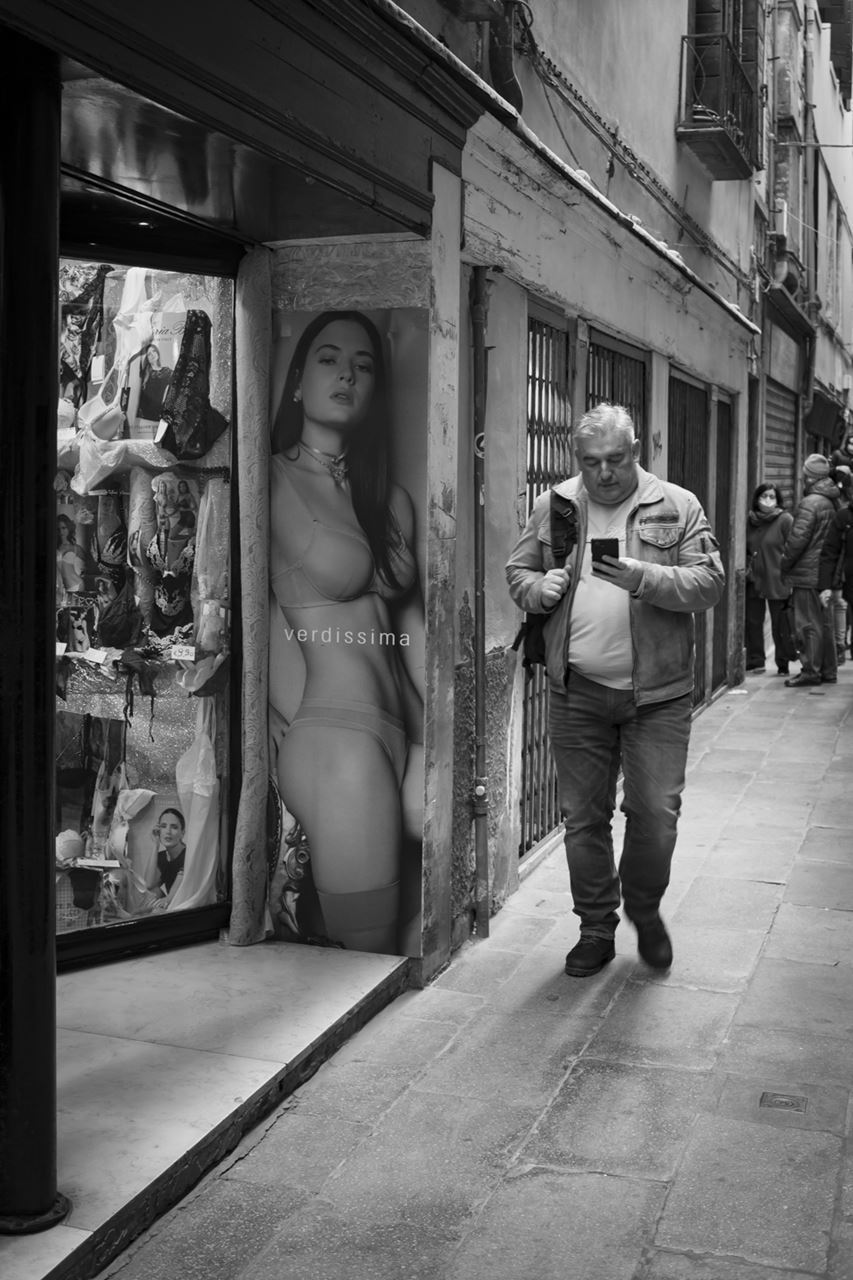
What is your favorite medium? "My current favorite is the wet plate collodion process, which I have been learning and working with since late 2018. Since pouring my first plate and watching the image clear in the fixer bath I have been smitten by this very tactile process. I love that a finished image can be made in a twenty minute span of time and the beauty and unique visual character of the silver image which carries the mark of the makers hand is unrivaled by any other process, in my opinion."
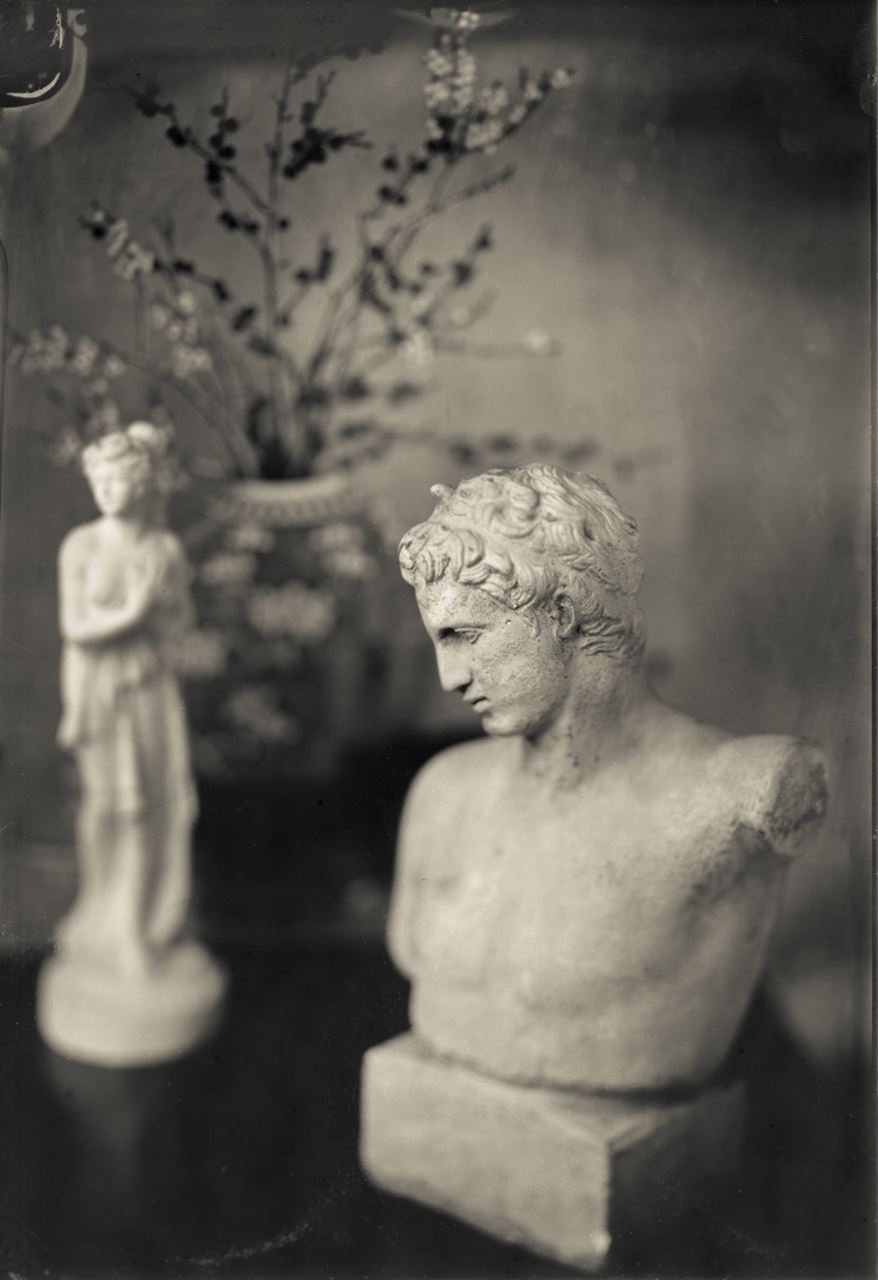
What are you working on now? "I just finished a collaborative project named “Call and Response” with Maine-based painter, Angelique Luro. Angelique’s abstract canvases were a response to my graffiti photos which I printed on canvas and mounted onto stretcher bars and when hung in their respective pairs were quite dramatic. I am now changing gears and pausing with digital work to create a series of wet plate still-life images created in the studio for my winter project."
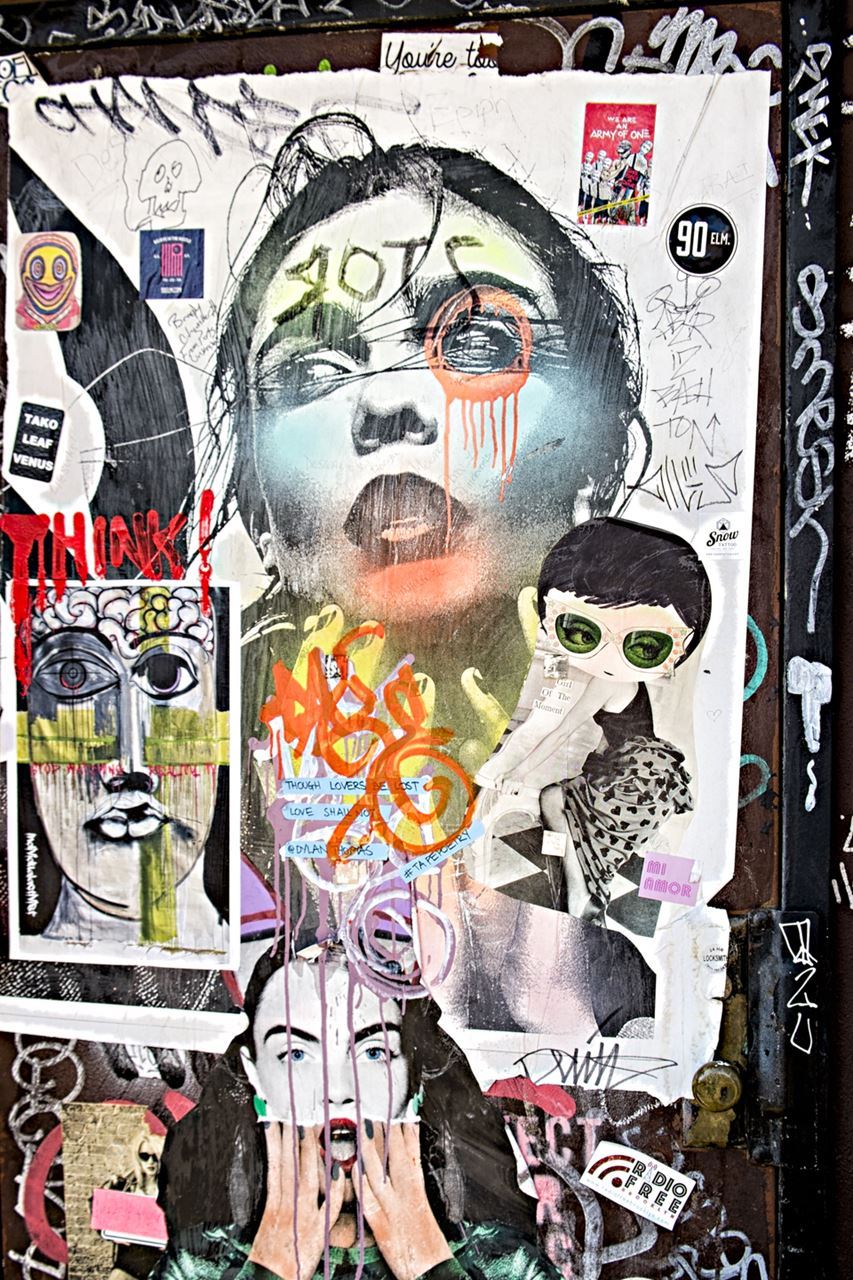
Where are you going from here? "To date my tintypes have all been produced in my studio which is a controlled environment that eliminates many of the variables one faces in the field. I recently purchased a vintage brass landscape lens, from the estate of Will Dunniway, and plan to make a series of images at Fiskill Farm in Concord. Working in the field introduces new variables that can effect the process so I expect there to be a substantial learning curve."
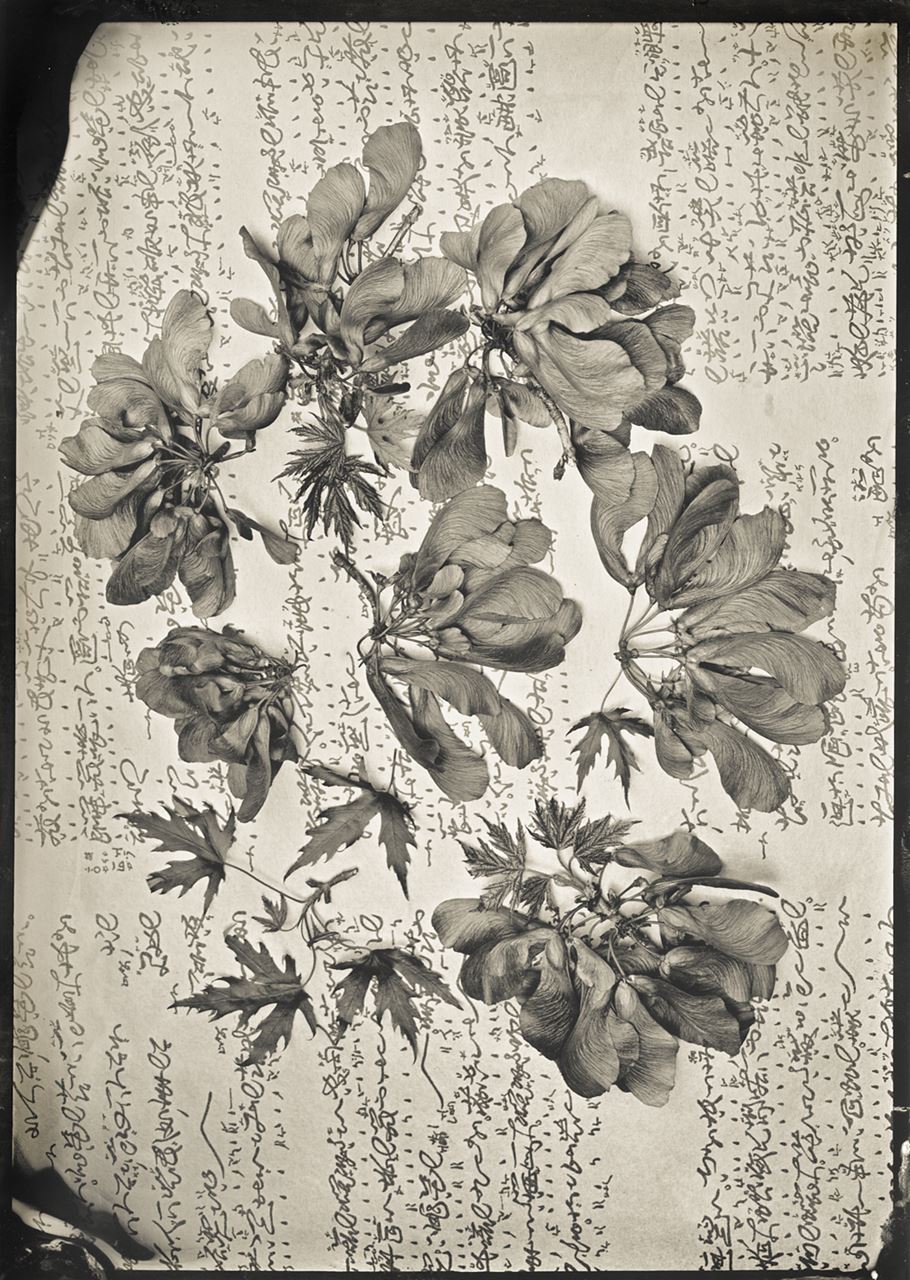
What's on your list of things to learn or do next? "Learning to efficiently and quickly make a digital negative is high on my todo list. I have been making cyanotypes using digital negatives but want to also explore making negatives suited for the albumen and kalitype processes. I see myself focusing mostly on handmade alternative processes for the next year or two."
